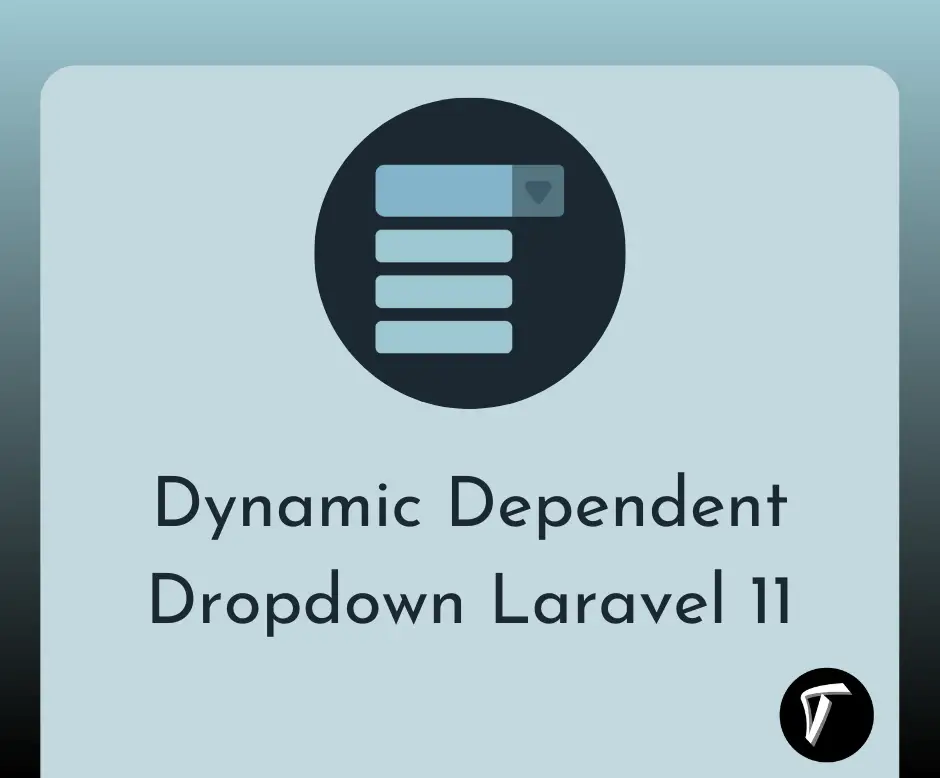Top 10 Laravel 12 Validation Rules (With Examples)
Validating user input is crucial to ensure data integrity and application security. Laravel 12 offers a robust set of validation rules that simplify this process. Whether you're a beginner or an experienced developer, understanding these rules can significantly enhance your application's reliability.
In this article, we'll explore the top 10 Laravel 12 validation rules with practical examples to help you implement them effectively.
Top 10 Laravel 12 Validation Rules (With Examples)

1. required
Ensures that the field is present and not empty.
$request->validate([
'name' => 'required',
]);
2. email
Validates that the field contains a valid email address.
$request->validate([
'email' => 'required|email',
]);
3. min / max
Sets minimum and maximum character lengths for strings or numeric ranges.
$request->validate([
'password' => 'required|min:8|max:20',
]);
4. confirmed
Checks that two fields match, commonly used for password confirmation.
$request->validate([
'password' => 'required|confirmed',
]);
5. unique
Ensures the value is unique in a specified database table.
$request->validate([
'email' => 'required|email|unique:users,email',
]);
6. regex
Validates the field against a regular expression.
$request->validate([
'username' => ['required', 'regex:/^[a-zA-Z0-9_]{5,}$/'],
]);
7. in / not_in
Validates that the field's value is (or isn't) within a given set.
$request->validate([
'role' => 'required|in:admin,user,editor',
]);
8. date / date_format
Validates that the field is a valid date and matches a specified format.
$request->validate([
'birthdate' => 'required|date|date_format:Y-m-d',
]);
9. nullable
Allows the field to be null, but if present, it must pass validation.
$request->validate([
'middle_name' => 'nullable|string|max:50',
]);
10. custom validation rule
For complex scenarios, you can create custom validation rules.
use App\Rules\Uppercase;
$request->validate([
'title' => ['required', new Uppercase],
]);
You might also like:
- Read Also: Laravel 12 Generate Fake Data using Factory Tinker
- Read Also: Laravel 12 Form Validation: Step-by-Step Guide
- Read Also: Laravel 11 Client Side Form Validation using jQuery
- Read Also: Laravel 11 Special Characters Not Allowed Validation








